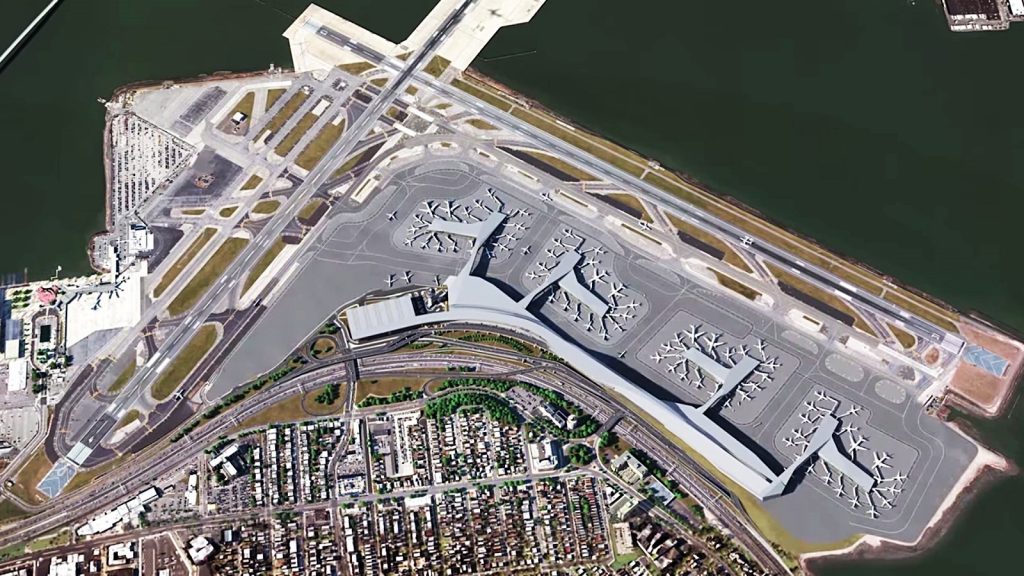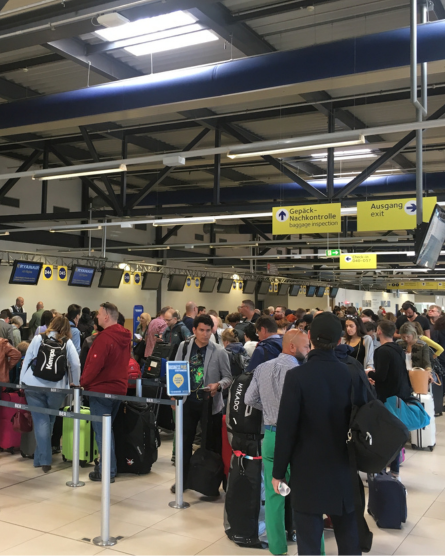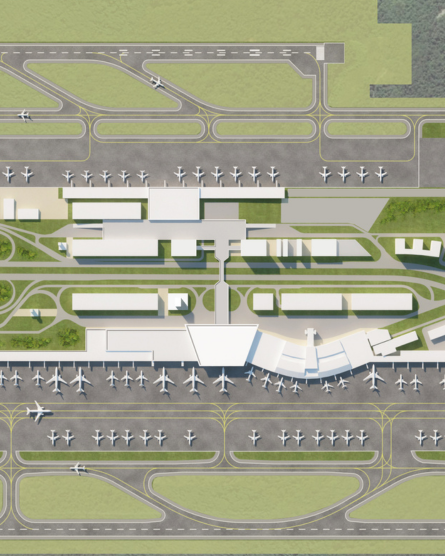This article reflects the question of how the need for long-term efficiency improvement at airports can be met through an adapted masterplanning process. It particularly focuses on the early phase of capacity demand planning
Need For Efficiency Improvement Changes Paradigms In Airport Planning
These days, airport development takes place under high economic pressure and with constrained logistical resources. The majority of today’s masterplan projects are expansions of existing airports, not prestigious greenfield projects. The budgets for future infrastructure are limited and there is a clear expectation that the masterplan’s business case must be able to prove its profitability. Additionally, more and more airports are faced with a lack of space for enlargement or are confronted with tight regulatory restrictions, such as noise protection.
Over the past years, the need for efficiency improvement has become a common challenge in the industry. Airports can no longer react to the constantly increasing demands by merely adding more infrastructure. Although some airports have begun to improve individual processes, such as self-check-in or automated passport control, these are still stand-alone solutions. From a long-term perspective, a couple of unrelated individual improvements here and there will not be enough.
Future Masterplan Results Are Defined Already In Capacity Demand Planning
Most people involved in airport planning processes greatly underestimate the extent to which future results are already defined in the early phases of the project:
- How a traffic forecast is set up
- The interpretation of the traffic forecast results
- the transformation of the forecasted future demand via a capacity calculation into a capacity demand program
However, these early settings do all have a strong impact on determinations for the size and budget of the resulting plan.

Traditional Methods of Capacity Planning Do Not Deliver the Sufficient Information For Making Strategic Decisions
Traditionally, capacity planning has been carried out in a primarily linear, technical and one-dimensional fashion: An unconstrained traffic forecast delivers the basis and the forecasted capacity minus the existing airport capacity, which indicates the capacity demands for future growth. Even if the traffic forecast used is worked out in scenarios, these will differentiate only in the assumed level of growth.
Most other assumptions used in capacity planning are created in a similar way and they are often not communicated transparently or reflected strategically. The risk to this method is that at this point in the project, it becomes very difficult and time-consuming to go back and change the fundamental assumptions of the masterplan.
In our projects we often observe that in the capacity planning phase:
- Assumptions used in the traffic forecast are kept hidden
- Assumptions reflect status quo but not future strategic goals
- Key assumptions are not discussed strategicaly at management level, but are defined by technically-orientated team members only
- Only one capacity demand result is worked out with no alternative options
- If alternative options are presented, they are often based on the same set of capacity demand figures coming from the same traffic forecast, which leads to the presented options differentiating only in their physical layout and not in their cost-revenue figures.
In many projects, this is realised only at a very late stage in the planning process, when the proposals for future expansion are presented with cost estimates. We had cases were the project business plan showed that the relation between cost and revenue of the project leads to no profitable result and the project had to go back and review the assumtions of the capacity demand calculation or even the traffic forecast.
Conclusion: A More Holistic Approach In Capacity Demand Planning Is Essential
Based on this experience I believe that a more holistic and transparent approach to the capacity planning phase may be challenging, but it is essential. It will require a high degree of management involvement and the letting-go of some traditional beliefs (e.g that you have to deliver the capcity to fulfill the peak in the traffic forecast at any cost)
Most probably, it will also require more time and effort from all parties involved, as the strategic discourse will only function if alternative options, which truly differ from each other, can be compared. The outcome of such a process will deliver a robust roadmap and strategic guidance which will then allow all parties to proceed in a much more aligned and rapid manner.
Just as Apple became a successful computer company by holistically developing hardware and software in combination, airports of the future must, at an early stage combine the planning of processes-improvement with infrastructure development.
Only when all strategic options for building infrastructure, operational processes, and commercial activities as well as security, IT and digitalisation are simultaneously analysed and discussed will fundamental change be successful.


